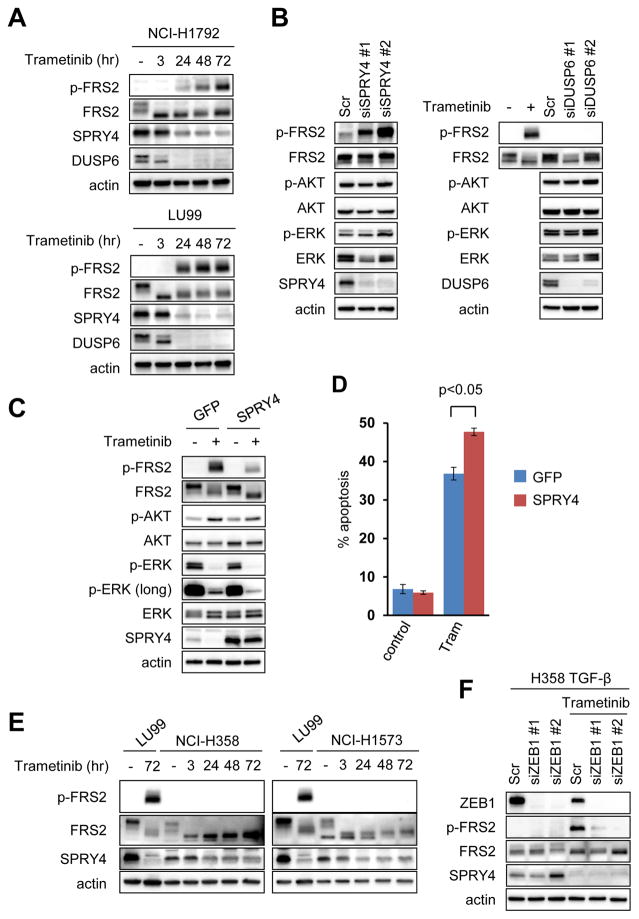Figure 4. Downregulation of SPRY4 expression is associated with FGFR1-FRS2 activation.
(A) Trametinib suppresses expression of SPRY4 and DUSP6. NCI-H1792 and LU99 cells were treated with 50 nM trametinib for the indicated times, and lysates were probed with the indicated antibodies. Independent experiments were performed three times, and a representative result is shown. (B) FRS2 phosphorylation is not induced by DUSP6 knockdown, however is induced by SPRY4 knockdown. LU99 cells were transfected with two different siRNAs against SPRY4, DUSP6 or scramble siRNA for 72 hours. Lysates were probed with the indicated antibodies. Lysate from LU99 cells treated with trametinib at 50 nM for 48 hours was used as a positive control for FRS2 activation. Independent experiments were performed three times, and a representative result is shown. (C, D) SPRY4 overexpression negated feedback activation of FGFR signaling. LU99 cells infected with a GFP control or SPRY4 expressing lentiviral plasmid were treated with trametinib for 48 hours. Lysates were probed with indicated antibodies (C) or cells were analyzed by FACS to quantify annexin positive cells (D). The average amount of apoptosis ± SD of 3 independent experiments is shown (p < 0.05 by Student’s t test). (E) Trametinib does not activate FRS2 phosphorylation in epithelial-like KRAS mutant cancer cells with low FGFR1 expression. NCI-H358 and NCI-H1573 cells were treated with 50 nM trametinib for the indicated times, and lysates were probed with the indicated antibodies. Lysate from LU99 was used as a positive control for FRS2 activation following trametinib treatment. Please note: trametinib downregulated SPRY4 expression in both LU99 and epithelial-like cells. Independent experiments were performed three times, and a representative result is shown. (F) H358-TGFβ cells were transfected with two different siRNAs targeting ZEB1 or scramble siRNA and cultured for 48 hours. Then, media was replaced with or without 50 nM trametinib and cells were treated for an additional 48 hours. Lysates were probed with the indicated antibodies. Independent experiments were performed twice, and a representative result is shown.

